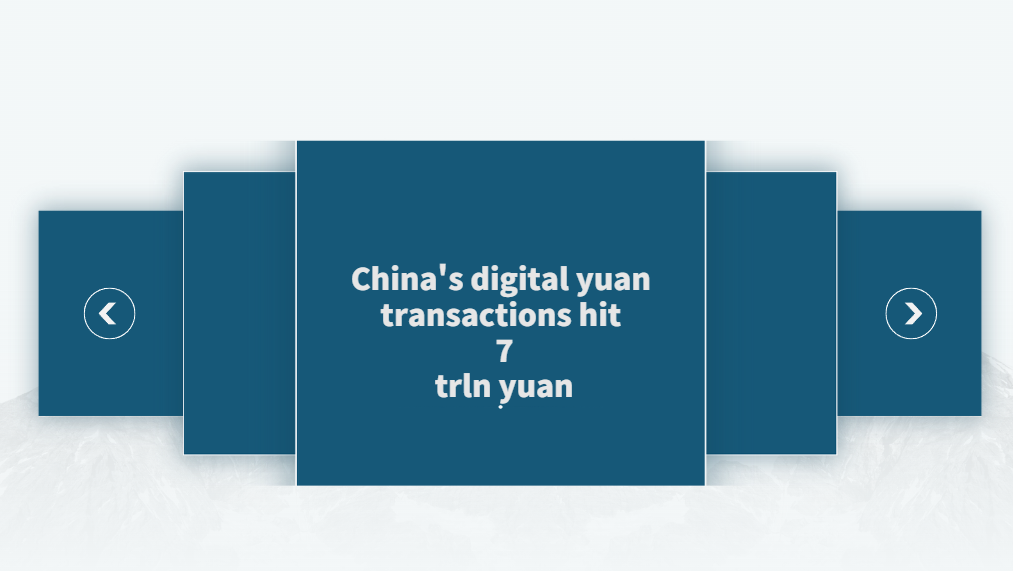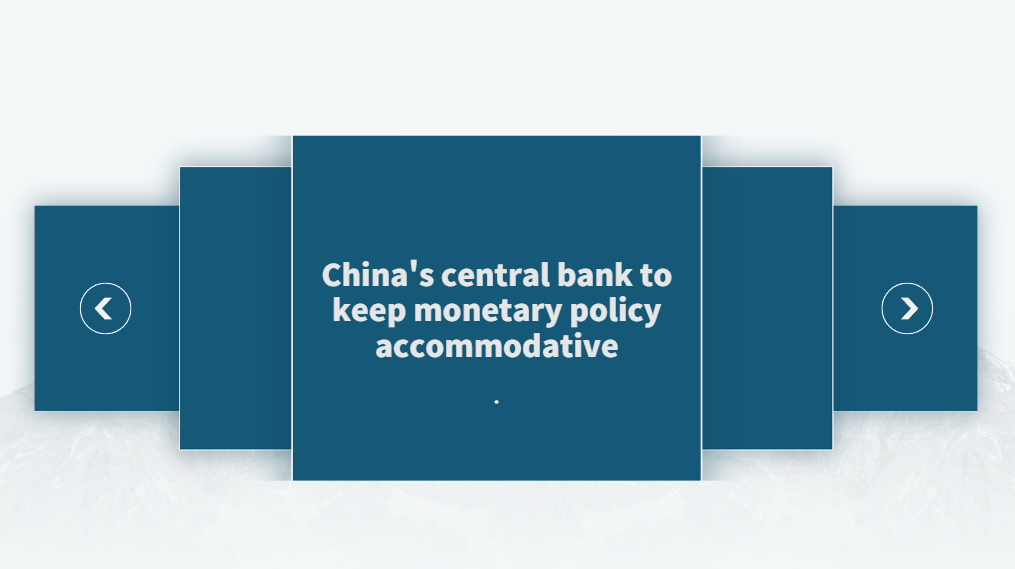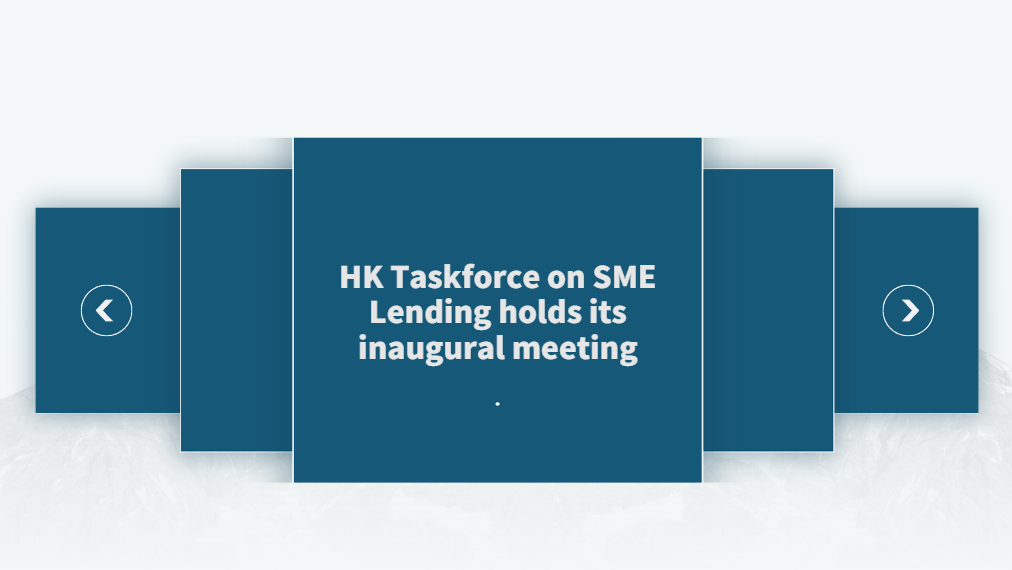The transformative power of innovation in the financial system
Introduction
It is a great pleasure for me to join you today. Many thanks to Governor Seegolam for the invitation and to the Bank of Mauritius staff for organising such a wonderful event. Congratulations on the opening of the Bank of Mauritius Innovation Hub!
It's an exciting moment to be here and it has made me reflect on our own journey at the BIS Innovation Hub since it opened five years ago. I can tell you that it has been an intense ride, with high ambitions and a steep learning curve. We started out with a handful of employees; today we have almost 100. We just opened our seventh Centre in Toronto, adding to those already operating in Europe and Asia. Our work spans six focus areas,1 we have more than 40 projects under our belt, and we are embarking on the biggest project to date with seven central banks and dozens of private sector firms. I'll come back to that in a moment.
Setting up an innovation hub is an important milestone in any central bank's journey. As the BIS General Manager Agustín Carstens has said, the word "innovation" is more than just a name. It has become a rallying cry for central banks around the world. Central banks exist in a world of rapid change. They have a duty to understand how technology is progressing and to respond to the changing needs of society. They have a duty to innovate and build technology themselves.
Recent years have seen unprecedented innovation in financial technology:2
·QR codes and mobile apps have made payments more efficient – think about the MauCAS QR Code here in Mauritius.
·Better data access and analysis can improve processes around credit scoring.
·Digitalised financial services are becoming more user friendly, affordable and accessible.
·Artificial intelligence tools seem to have potential to improve efficiencies and lower costs for payments, lending and other financial sector activities.
These are just a few examples and there are many more. Yet, today's financial system falls short in several aspects. Many types of financial transactions are slow. Many of them still take days to settle. Old clearing, messaging and settlement systems are a significant source of delays. Compliance with regulatory requirements can have manual steps and therefore be cumbersome, adding to these delays.
Transactions are also costly. This reflects lack of competition as well as manual and outdated processes.
In many countries, particularly in emerging and developing economies, too many people have unsatisfactory access to banking services. This is not the case in Mauritius where financial inclusion stands at more than 90%. But the gap is wider in other countries, and many financial services and instruments are just not available.
These shortcomings create an incentive to improve the system. And this is where central banks need to come in to make sure that technological innovation is a force for good.
The BIS Innovation Hub aspires to help central banks and supervisors to improve the current systems. But we are also exploring more nascent technologies, with the ambition to find new solutions and improvements.
Today I will talk about how central banks can harness two advances in technology – tokenisation and artificial intelligence – to improve the financial system. I will touch on the work that we are carrying out at the BIS Innovation Hub in these areas. Finally, I will pass on some lessons learned that I hope will be useful to you as you embark on this new endeavour setting up your very own innovation hub.
Technological innovation: making sure it's a force for good
Tokenisation in the context of money
Let me start with payments and money. We are witnessing tremendous change in this area. It is nearly impossible to imagine a world without digital payments such as cards, e-money and credit transfers. People expect everything to be faster, simpler and cheaper, both domestically and across borders.
Central banks need to address these expectations. The stability of money and payment systems rests on the firm foundations set by central banks. Their job is to ensure that all forms of money in the fiat system have the same worth and to maintain the value of currency in the digital world. They also have to provide the infrastructure that ensures safe and neutral financial settlement in central bank money.
Central banks have already stepped up their work. Fast payment systems, which allow people to transfer funds in real time, are one example. They are a prominent driver of the digitalisation of countries' payment ecosystems.3 Across the globe, 75 fast payment systems are operational and another 20 are under development.
Central bank digital currencies, or CBDCs, are another initiative through which central banks can ensure access to the next generation of public money, either for financial institutions – what we call wholesale CBDC – or for people and businesses – that is retail CBDC. According to the most recent BIS data, 94% of surveyed central banks are exploring a CBDC, with a sharp uptick in experiments and pilots with wholesale CBDCs.
But central banks' ambitions could be greater. They could bring various components – central bank money, commercial bank money and other assets – to work together seamlessly. Unified ledgers are the platforms where this can happen. And tokenisation – a technology with transformative potential for the financial system – could enable them.
Let me elaborate.
Tokenisation is a way of representing money and other assets in digital forms. Tokenisation can also unlock new functionalities, like smart contracts which execute commands on what can be done with these assets in specific situations. Tokenisation also enables many smart contracts to be bundled together, which we call composability. These functionalities could then enable so-called atomic settlement, the instant exchange of two assets, such that the transfer of one occurs only upon transfer of the other.
To understand how tokenisation and unified ledgers could be used in the real world, imagine a hypothetical Mauritian streaming company wanting to buy content from an Indian movie company. This cross-border transaction would involve multiple steps and would be time consuming and expensive. With tokenised money, it would be possible to perform currency conversion and this complex process more efficiently, securely and cheaply than is the case today.
We at the BIS Innovation Hub are experimenting with tokenisation. As an example, let me describe project Agorá, which is building on the unified ledger concept proposed by the BIS.
Project Agorá is a major public-private sector partnership. It brings together major international currencies: the US dollar, euro, yen, pound sterling, Swiss franc, Korean won and Mexican peso. A first use case is cross-border payments in which tokenised commercial bank money is used for payments and tokenised central bank money for settlement on the same programmable platform.
We want to build a prototype to test wholesale payment use cases with three objectives in mind:
1.to understand the potential benefits of using tokenised commercial bank money and tokenised wholesale central bank money on a programmable platform to improve cross-border and cross-currency payments;
2.to bring together private and public institutions to explore potential operational standards, privacy-preserving computational methods and regulatory procedures for such a platform; and
3.to provide practical guidance for integrating tokenisation into the existing financial system. Here, the promising aspect is that the project builds on the existing correspondent banking model, which is feasible and legally possible today.
A related focus area for us in the coming months and years will be the "Finternet", a vision for the future financial system in which multiple financial ecosystems are interconnected with each other. The vision rests on three pillars: sound economic and financial architecture, application of advanced technology, and a robust regulatory and governance structure. Unified ledgers are a promising vehicle to turn this vision into reality. And it is possible to sketch many elements of the Finternet from the project portfolio of the BIS Innovation Hub, with experiments we have done on fraud and crime detection, cyber security, automated compliance controls and liquidity optimisation – to name a few.
Artificial intelligence for central banks
I would like to turn now to another technological innovation with transformative potential for the financial sector – artificial intelligence, or AI.
From robo-advisers to credit assessment and lending, algorithms and machine learning have already revamped the processes of commercial banks.
Central banks and supervisors have also used these advancements for some years to improve financial regulatory compliance and supervision – known as suptech. A recent survey conducted by our London Centre across 50 jurisdictions found that over 90% of surveyed institutions have already deployed suptech tools – most commonly for the standard operations amongst supervisors, such as regulatory reporting, assessing risk and automating supervisory processes.
So what is different now with recent developments in AI?
I will answer using the insights from our most recent BIS Annual Economic Report, which explored in depth the implications of AI for central banks.
The key ingredient is "data". Today's models can give access to a lot more data, structured, unstructured, with better granularity than ever before. They also excel at imposing mathematical structure on unstructured data to identify patterns of interest.
Central banks can use these developments for their policy objectives. For example, AI-enabled tools can support key tasks of information collection and statistical compilation, macroeconomic and financial analysis to support monetary policy, supervision, oversight of payment systems and ensuring financial stability.
At the BIS Innovation Hub, we have a number of projects that showcase the value of AI-enabled applications for central banks and the financial sector.
Project Aurora used AI to enhance suspicious transaction monitoring across firms and borders. It demonstrated that machine learning and privacy-enhancing methods can substantially improve detection of complex schemes in money laundering networks.
Another example is Project Gaia for climate risk analysis. The project showed the power of creating intelligent tools to automate data extraction from unstructured environmental, social and governance reports.
More recently we have been exploring the use of AI for nowcasting and to create and forecast economic indicators.
Of course, AI also introduces new risks. Financial stability – due to reliance on a concentrated small number of algorithm providers – is one. Cyber security is another. This is because advances in AI could enable novel and more sophisticated dimensions of cyber risks and cyber-enabled fraud. AI can also raise ethical concerns regarding data use, algorithmic bias and fairness.
To ensure that AI is a technological force for good, we believe in coordinated action among central banks. They need to come together to foster a community of practice to share knowledge, data, best practices and AI tools.
Lessons for modern central banks
Indeed, sharing knowledge and collaborating with central banks is what we do at the BIS Innovation Hub. And we firmly believe that this is the key to making sure technology has a positive impact in our societies. So on that note, I would like to set out five lessons which I have identified from running an innovation hub in the central banking world.
One. Experiment; don't expect everything to work, or even be useful.
This is not an easy task. Central bankers are known to behave slowly and cautiously and to make the right decisions. But in order to push the boundaries of innovation you need to embrace failure as a stepping stone to experimentation. In fact, research tell us that frustration is the number one feeling that describes an innovation process. My advice to you is to embrace it and make it constructive. Sometimes it works; sometimes it doesn't. Failing forward can only make us better.
Two. Deal with sensitive issues where incumbent interests are strong.
Think about a CBDC. As I said in a recent speech, the topic is causing a lot of heated debate. We need to grapple with many difficult questions on privacy, choice, inclusion, stability and geopolitics, to name a few. As the ultimate trustees of the monetary system, central banks have the duty to investigate these sensitive issues to ensure that public money is fit for the future.
This brings me to lesson three.
Three. Allow for internal disruption; don't only be a spectator.
A fellow professional once told me that "an organisation can innovate only as much as it can tolerate change". The role of an innovation department is not only to experiment with technology but also to inspire internal change. This forces some colleagues in your institution to step out of their comfort zone. But trust me when I say that the feedback loop that innovation-research-policy can create is worth the effort. In my opinion, two things can help to navigate this. One is to expand our core expertise and capabilities. Our teams in the BIS Innovation Hub include data scientists, blockchain experts, economists, supervisors and lawyers. Another is to develop and live a strong culture. You will be surprised by the sense of purpose that such an initiative could bring to staff.
Now let me turn to two practical lessons.
Four. Apply a structured innovation process when developing projects.
When we run innovation projects, we need to understand the real needs of users and adapt to changing circumstances. The experience of technology firms shows that design thinking approaches and agile management methodologies can help. For example, design thinking can support the creation of tangible technology-based use cases tailored for different personas. Agile methods can help to continuously review and rethink our plans. However, for me they are more than a tool; they are a mindset. Just calling our monthly meeting "sprint planning" or our task "backlog" does not make us agile. We need to live and breathe it in our everyday work.
This brings me to the fifth and final lesson that I would like to share with you today.
Five. A dedicated IT environment gives muscles.
To ensure that an Innovation Hub team has the tools and flexibility to innovate successfully, a dedicated information technology (IT) environment can help. At the BIS innovation Hub we have opted for a modern and adaptable IT infrastructure that fosters innovation and collaboration across various locations and stakeholders. This brings several advantages:
·We can be agile and autonomous to swiftly experiment with a wide range of novel and diverse technology stacks.
·We can collaborate in modern ways across different teams, including with the private sector.
·We can allow for higher levels of flexibility in risk management, without impacting the bank's core IT operations.
·We can contribute to the way for the rest of the institution with hands-on experience and learnings on new cloud capabilities.
Conclusion
Now let me conclude.
An innovation hub within a central bank is key to create public goods. It can be perceived as risky and countercultural to how central banks traditionally work, but it is possible to be cautious in some parts of an institution while allowing for experiments in another part. It is essential to make sure that new technologies such as tokenisation and AI are in the public square rather than in walled gardens, benefiting only a few.
I hope the lessons I have shared with you can help you pave the way towards a digital transformation for the benefit of all. As Governor Seegolam once said, we need to think outside the box. And to think big!
I will conclude by once again congratulating you on the creation of the Bank of Mauritius Innovation Hub and hope you will find the work as rich and rewarding as we have at the BIS Innovation Hub.
1 Central bank digital currencies, next generation financial market infrastructures, suptech/regtech/monetary policytech, open finance, green finance and cyber security.
2 A Carstens, "Central banking: embracing change", speech at the People's Bank of China, Beijing, 22 May 2024.
3 A Di lorio, A Kosse, R Szemere, "Tap, click and pay: how digital payments seize the day (bis.org)", CPMI Brief, no 3, February 2024.






















































First, please LoginComment After ~